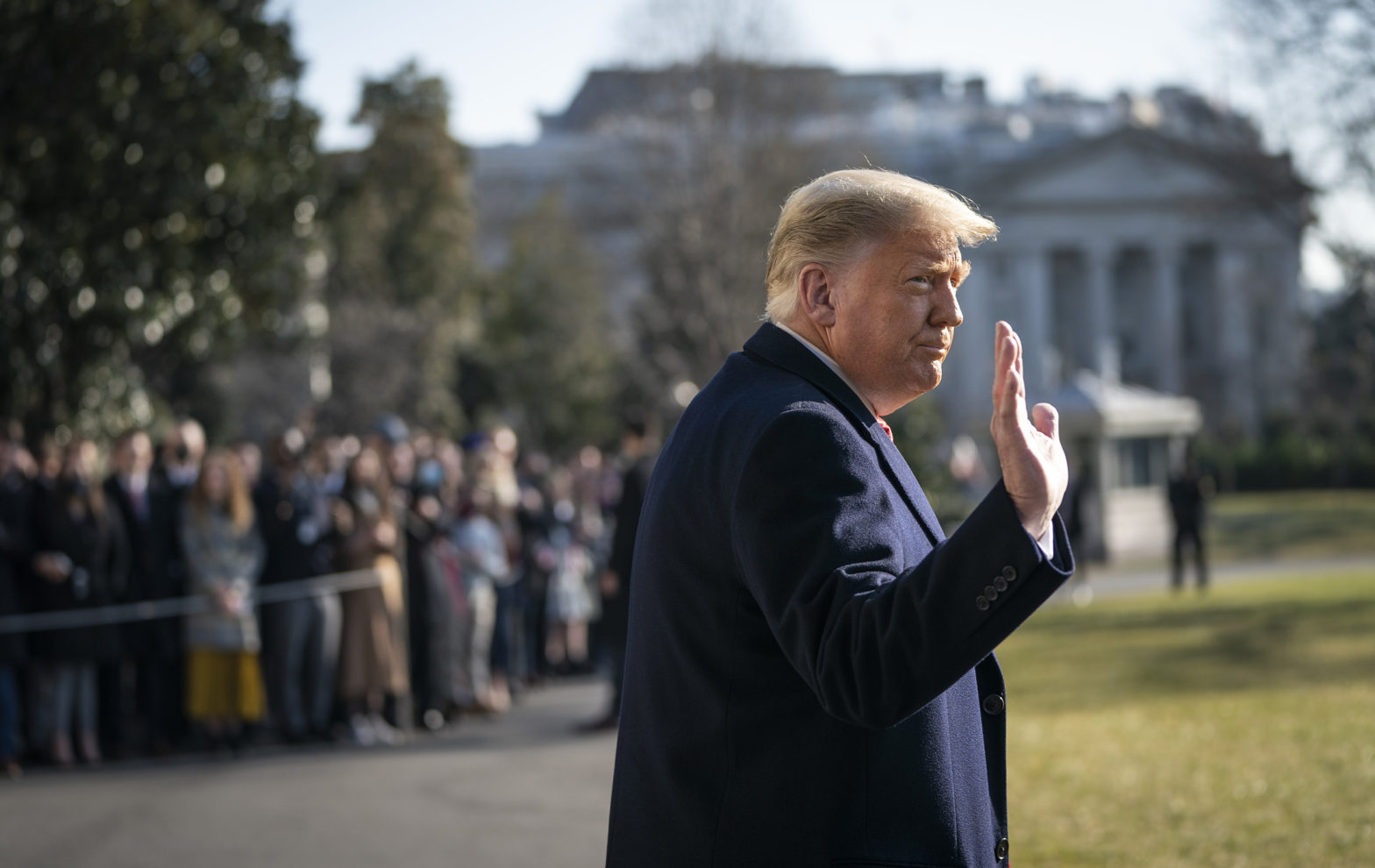Over the last five years, poll after poll has found that the GOP base has grown warmer towards Blacks, Hispanics, immigrants and Muslims. They’ve simultaneously become more skeptical of Christian nationalism. They’re now significantly more accepting of same sex marriage and non-discrimination protections for LGBTQ Americans. The rest of America has shifted even further in these directions.
Yet, based on prevailing coverage patterns in mainstream media outlets, one would be forgiven for assuming the trends have been heading the opposite way.
We recently published a scholarly paper in the journal Social Science Computer Review (summarized here) exploring how media coverage patterns around prejudice and discrimination evolved from 1970 through 2019. Analyzing 27 million articles from 47 of the most popular news media outlets in the United States, we identified a major spike in the use of terms related to most forms of prejudice and discrimination, occurring at roughly the same time.
This phenomenon was not limited to left-leaning outlets. It was pervasive across the political spectrum – in right-aligned outlets just as much as on the left. Centrist outlets did not spend as many words on prejudice and discrimination relative to their partisan peers, but their rate of increase in prejudice-denoting words usage between 2010 and 2019 was similar to left and right-leaning news outlets:
It may be tempting to interpret these spikes as a reaction to the heated candidacy and presidency of Donald Trump. Yet, in the paper we show that the trend of increasing usage of prejudice-denoting words in news media discourse started prior to the 2016 electoral cycle. In the year 2014 for instance, the usage of many of the words analyzed were at then-record highs. However, we also found some evidence that the trend might have accelerated after 2015.
The data analyzed in our paper spanned the beginning of 1970 through the end of 2019. From our current vantage point in mid-2021, we can now get a sense of how the 2020 election cycle and Trump’s subsequent exit from the White House may have affected media discussion of prejudice and discrimination. For instance, to the extent that Trump could have been a partial potential driver of the observed shifts in media discourse, one might assume that the trends reported in our paper would stall or reverse following the end of his presidency. In order to test this possibility, we updated our analysis — tracking the prevalence of prejudice denoting words in news media through 2020 and all the way to June 30, 2021. Here is what we found:
At first glance, it does not seem as though Trump’s departure had a visible effect on news media usage of prejudice-denoting words. If anything there seems to be an uptick from 2020 levels through the first half of this year (i.e. under the Biden Administration).
To confirm this visual impression, we carried out statistical tests to assess whether there could be a detectable change in the prevalence of prejudice denoting words in news media between the five months prior to Trump departure from the White House and the five months post Trump. None reached statistical significance.
In short, there is no evidence at present that Trump’s departure from the White House has had an effect on media discursive patterns with respect to identity-based bias and discrimination. In the first six months of the Joe Biden presidency, news media continue to use prejudice-denoting words at, or at near, record-high historical levels.
As we noted in our published paper, the abrupt and dramatic changes in word frequency usage of prejudice-denoting terms in news media discourse within the span of just 10 years suggests the existence of powerful underlying social dynamics at play. These dynamics preceded Trump’s candidacy and presidency, and they seem to be continuing apace in the new administration.
It is beyond the scope of our data to identify the root causes for the dramatic increase in the prevalence of prejudice signifying words in news media organizations’ content. But, as we noted in the paper, public perceptions about the severity of bias and discrimination in the contemporary U.S. have largely tracked with the intensity of media coverage on these topics – with both increasing markedly in recent years, even as overt prejudice has at least partially decreased.
This leaves us with important questions about the nature of the relationship between news media rhetoric and public perceptions – and the extent to which the patterns observed for each ignore, reflect or perhaps inform other key socio-cultural trends.
It is still early in the Biden presidency to know for sure whether the ‘Great Awokening’ in news media will continue, level off, or reverse course. Our preliminary analysis of the first half a year of the Biden presidency suggests that the phenomenon shows no sign of slowing — irrespective of who is occupying the White House, or trends in public opinion.
